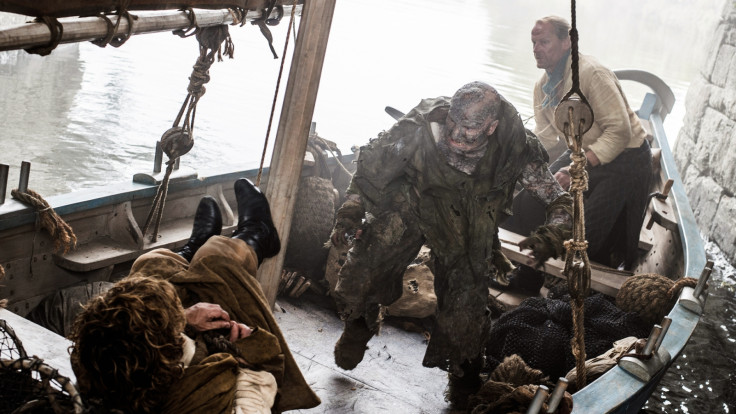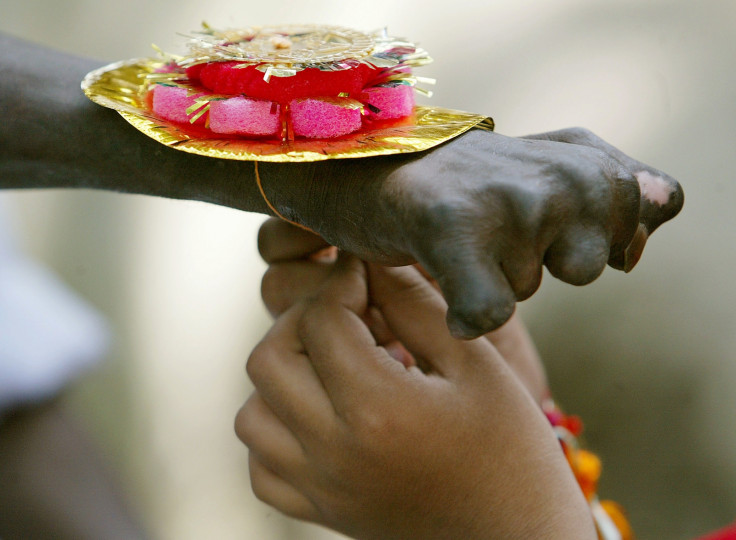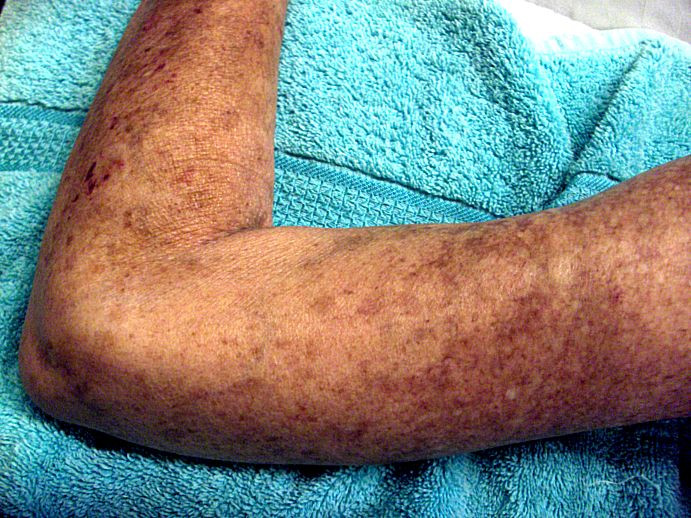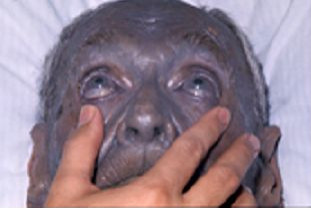Game of Thrones - greyscale and its real-life equivalents
Greyscale is highly contagious and frequently fatal.

As Game Of Thrones season five draws to a close, major questions will no doubt arise ahead of season six – one of which being about Ser Jorah Mormont's greyscale.
What is greyscale?

In the series, greyscale is presented as a disease that leaves the skin stiff, cracked and flaking. It appears black and grey and is like stone to the touch – eventually the infection spreads across the body, with the lips, tongue and internal organs apparently turning to stone.
While there is a cure – as is demonstrated with Shireen Baratheon – it is seen as something of a death sentence. Stone men (who attack Tyrion and Ser Jorah, infecting the latter) are people in the late stages of greyscale. The disease has led them to be witless and mad.

It is extremely contagious but there are different forms of the disease, which can be fatal or non-fatal, and spread slowly or quickly. People with greyscale are highly stigmatised.
What are its real world equivalent illnesses?
Leprosy

The most obvious link to greyscale is leprosy – the stone men are cast out to live in a sort of colony, just as still happens today in some parts of the world. There is still huge stigmatisation of the disease and fear and ignorance of it.
Leprosy is a mildly infectious disease that can easily be cured. It damages nerves on the surface of the skin leading to loss of feeling – this means everyday activities like cooking can be extremely dangerous. Sufferers also cannot feel grit in their eyes, meaning blindness is a common consequence. The first outwards sign is normally discoloured patches on the skin.
According to the World Health Organization, there were over 215,000 new cases of leprosy in 2013 – most of these are in India, where the stigma attached means many do not seek treatment.
Ichthyosis

Ichthyosis leaves sufferers with thick, dry "fish scale" skin and while there is no cure, a careful skincare routine can help keep symptoms under control. It is normally the result of an inherited faulty gene and symptoms normally appear at birth or within the first year of life – extreme cases are Harlequin-type ichthyosis or Harlequin baby.
The faulty gene either means people shed skin cells too slowly, or that they reproduce far faster than they can shed cells. This leads to the build-up of skin. The condition affects around one in every 250 people and in extreme cases, problems such as overheating, limited movement, skin infection and impaired hearing or eyesight can occur.
Scleroderma

Scleroderma is a rare disease that leads areas of the skin to become hard and thick. It sometimes causes problems with blood vessels and internal organs too. It is an autoimmune condition, meaning the body attacks its own tissue – in this disease, the connective tissue beneath the skin and surrounding organs is affected.
There are several different types of scleroderma. It is thought it occurs because part of the immune system has become overactive, leading tissue to produce too much collagen. Why it happens is not known, but there are believed to be genetic links. There is no cure but treatment can prevent it getting worse.
Fibrodysplasia ossificans progressiva (FOP)

FOP is extremely rare, affecting just one person in every two million. It affects the connective tissue, eventually turning muscle into bone as tissue is damaged. Injuries can cause joints to be permanently frozen in place and surgery has been found to cause the body to repair the affected area with even more bone.
The disease often starts in the shoulders and neck and progresses through the back, trunk and limbs. There is no cure for FOP and the average life expectancy is around 40.
Argyria

Argyria is a skin condition caused by exposure to the element silver – the most well-known symptom being the skin turning blue or grey. It occurs as a result of long-term ingestion of ionised silver solution or exposure to airborne silver particles.
The skin discolouration can be generalised or localised and is exacerbated by sunlight. Normally, people only develop whole body argyria if they regularly ingest large amounts of colloidal suspensions of silver. Steps can be taken to reduce the effects, but there is no cure.
Krokodil abuse

Krokodil is a drug that emerged in Russia over 10 years ago. It has a heroin-like effect but is made from everyday household items including petrol and codeine.
Widespread reports over recent years have shown the extreme effects of the drug – including the flesh rotting away to leave only bone. Before that, however, the drug rots users from the inside out, leading them to develop gangrene and for their blood vessels to burst. This causes the skin to turn green and scaly and reptilian in appearance – where the drug is believed to have got its name.
© Copyright IBTimes 2025. All rights reserved.






















